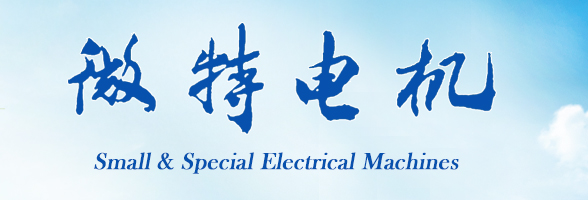| [1] | 王明杰, 程志平, 焦留成 . 组合磁极无槽PMLSM正弦磁场分析[J]. 电机与控制学报, 2015,19(4):34-39. | | [2] | 王明杰, 程志平, 焦留成 . 永磁直线电动机的稳态参数计算分析及有限元验证[J]. 微特电机, 2014,42(7):5-8. | | [3] | 司纪凯, 汪旭东 . 永磁直线同步电机出入端磁阻力齿槽分量分析[J]. 电机与控制学报, 2008,12(5), 550-554. | | [4] | HWANG I C, JANG K B . A study on the characteristics analysis according to overhang and skew of permanent magnet in PMLSM[J]. Proceeding of International Conference on Electrical Machines and Systems 2007: 1255-1258. | | [5] | 潘开林, 傅建中, 陈子辰 . 永磁同步直线电机的磁阻力分析及其最小化研究[J]. 中国电机工程学报, 2004,24(4):112-115. | | [6] | ZHU Z Q, XIA Z P . Reduction of cogging force in slotless linear permanent magnet motors[J]. IEEE Proc-Electr. Power Applications, 1997,144(4):277-282. | | [7] | ZHU Y W, KOO D H . Detent force minimization of permanent magnet linear synchronous motor by means of two different methods[J]. IEEE Transactions on Magnetics, 2008,44(11):4345-4348. | | [8] | ZHU Y W, CHO Y H. Detent force reduction in permanent-magnet linear synchronous motor utilizing auxiliary poles [C]//2009 8th International Symposium on Advanced Electromechanical Motion Systems & Electric Drives Joint Symposium, 2009: 1-6. | | [9] | LIM K C, WOO J K . Detent force minimization techniques in permanent magnet linear synchronous motors[J]. IEEE Transactions on Magnetics, 2002,38(2):1157-1160. | | [10] | BIANCHI N, BOLOGNANI S . Reduction of cogging force in PM linear motors by pole-shifting[J]. IEEE Proc.-Electr. Power Applications, 2005,152(3):703-709. | | [11] | 蔡炯炯, 卢琴芬 . PMLSM推力波动抑制分段斜极方法研究[J]. 浙江大学学报(工学版), 2012,46(6):1122-1127. | | [12] | FEI W,LUK P C K.A new technique of cogging torque suppression in direct-drive permanent-magnet brushless machines[J]. IEEE Transactions on Industry Applications, 2010,46(4):1332-1340. | | [13] | ZHU Z Q, RUANG S . Analysis of cogging torque in brushless Machines having nonuniformly distributed stator slots and stepped rotor magnets[J]. IEEE Transactions on Magnetics, 2005,41(10):3910-3912. | | [14] | JUNG I S, YOON S B . Analysis of forces in a short primary type and a short secondary type permanent magnet linear synchronous motor[J]. IEEE Transactions on Energy Conversion, 1999,14(4):1265-1270. | | [15] | 王秀和 . 永磁电机[M]. 北京: 中国电力出版社, 2007: 83-84. |
|

